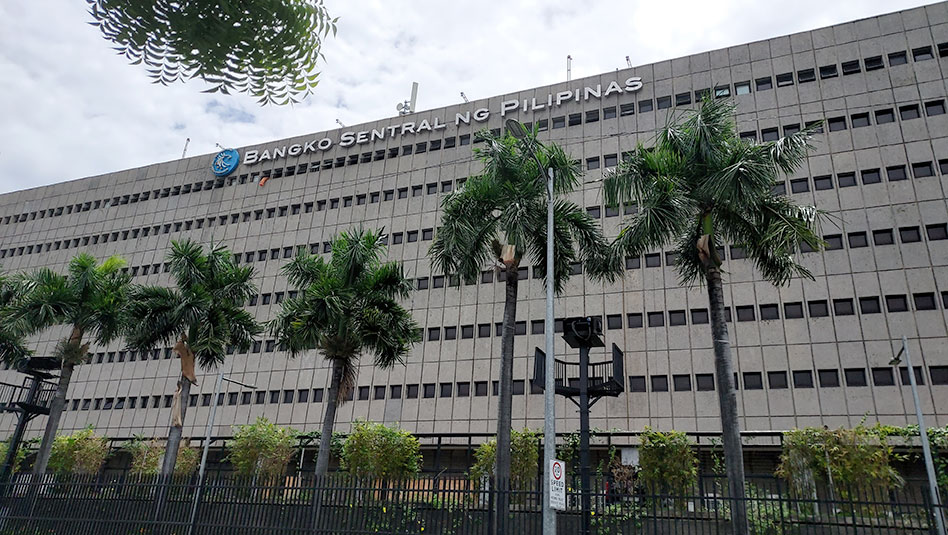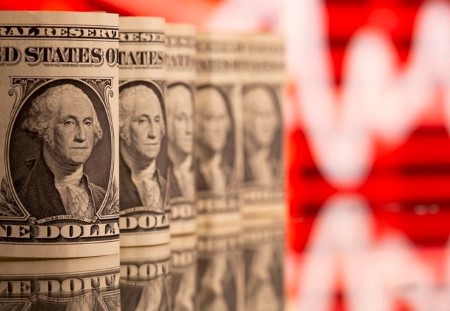




Policy Rate Updates: Closer to BSP’s Goldilocks moment
 DOWNLOAD
DOWNLOAD

Inflation Update: Speeds up but remains below target
 DOWNLOAD
DOWNLOAD

Monthly Economic Update: Fed back on track
 DOWNLOAD
DOWNLOAD


US recap: US payrolls could be EUR/USD breakdown signal

Sept 1 (Reuters) – The dollar index rallied to 20-year highs on Thursday after a cluster of bullish US data that sent Treasury yields sharply higher, but gains were capped after EUR/USD held above August’s 20-year lows.
Euro bulls await Friday’s non-farm payrolls before abandoning hope that a hawkish ECB can keep it aloft.
The US data diminished concerns that Wednesday’s ADP signaled a softening labor market and Fed hawkishness, with Challenger layoffs dropping 21%, and initial jobless claims falling 16,000 more than forecast and ISM manufacturing employment rebounding to its highest since March.
The reports built on Tuesday’s 789,000 beat in July job openings, with 2 job openings for each seeker.
EUR/USD tumbled to a low of 0.9910 on EBS, just above August’s 0.99005 20-year nadir, and was last down about 1%.
Treasury yields rose led by the belly and beyond, with the inverted 2-10-year spread up 4bp.
Two-year bund-Treasury spreads halted their recent rise that was based on expectations that the ECB would step up its fight against record inflation, adding weight to EUR/USD.
Near- or above-forecast US jobs data could allow EUR/USD to break below 0.9900 toward long-term historical support by 0.9600. An unexpectedly weak jobs report could keep EUR/USD aloft ahead of next Thursday’s ECB meeting.
Markets are positioned for 75-bp hikes in the US and euro zone in September, but the terminal ECB rate is projected at 2.25% while 4% is discounted for the Fed.
The ECB probably can’t close the gap as Europe faces an energy crisis nL6N3080C2.
USD/JPY gained 0.87%, making a new 24-year high at 140.225 as surging Treasury yields widened the gap over BOJ-supressed JGB yields. Thursday’s highs breached the 140 target level the market’s been focused on for some time.
US payrolls are key to sustaining the breakout and increasing the distance from Friday’s USD 1 billion of 140 expiries while moving onto the next Fibo target by 144. A close above 140 will carry bullish momentum over into Friday and the long holiday weekend.
Sterling sank 0.7% after recovering slightly from its 1.1499 low and apparent defense against a clear 1.15 break and follow-on dive toward lows from 2016 and 2020 at 1.1491/13, the lowest prices since 1985, with the BoE seen falling behind the inflation-fighting curve.
The Australian dollar fell 0.9% on a combination of USD strength, falling commodity prices on Chinese and global growth concerns and Australia’s tumbling property prices. July’s 0.66825 lows are now just one or two more bad days away.
(Editing by Burton Frierson; Randolph Donney is a Reuters market analyst. The views expressed are his own.)
This article originally appeared on reuters.com





 By Reuters
By Reuters